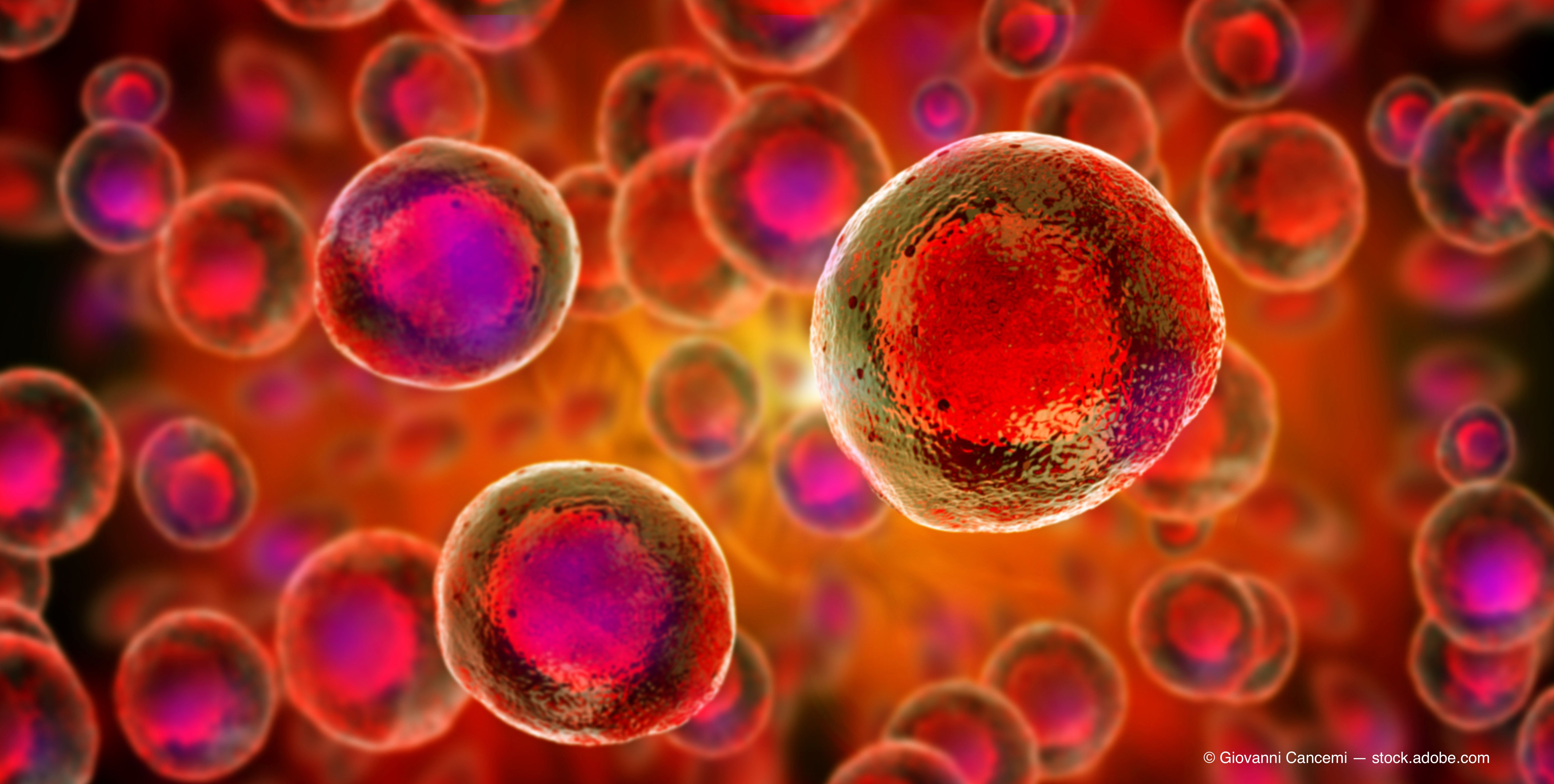News
Article
Coming together: Diagnosing staging limbal stem cell deficiency
Author(s):

The lack of consensus regarding limbal stem cell deficiency has been resolved by a panel of experts that provided uniform guidelines for disease diagnosis and staging.
This article was reviewed by Friedrich E. Kruse, MD
The importance of the limbal stem cells was never in dispute, and they are fundamental to regeneration of the corneal epithelium. However, the general good health of the cells must be maintained to ensure that regeneration, and uniform guidelines were absent regarding what exactly constituted limbal stem cell disease.
“The stem cells are the source of the regeneration and maintain a healthy phenotype of the corneal epithelium,” Friedrich E. Kruse, MD, explained, underscoring their importance.
In an unhealthy state when the stem cells are not functioning well, the result is conjunctivalization, in which normal corneal epithelium is replaced by conjunctival epithelium.
“When this happens, the characteristic picture of limbal stem cell deficiency arises,” said Dr. Kruse, professor of ophthalmology, Department of Ophthalmology, University of Erlangen-Nuremberg, Erlangen, Germany.
Treatments
The potential treatments for the scenario detailed are limbal stem cell transplantation or ex vivo expanded grafts.
Numerous studies have reported the results of limbal stem cell transplantation, with great variations in the diagnostic criteria, staging systems, and outcome criteria, resulting in marked heterogeneity of the clinical picture of stem cell deficiency and potential confusion with other ocular surface diseases, Dr. Kruse explained.
Recognition of the lack of uniformity in the definition and diagnostic criteria resulted in a consensus conference in which corneal experts ultimately produced two reports, the first of which focuses on definition, classification, diagnosis, and staging of limbal stem cell deficiency.
The committee published a global consensus in Cornea (Deng et al. 2019;38:364-75). The second report on treatment guidelines is currently under review.
New definition
The new definition of limbal stem cell deficiency is that it is “an ocular surface disease caused by a decrease in the population and/or function of corneal epithelial stem/progenitor cells that leads to the inability to sustain normal homeostasis of the corneal epithelium.”
This scenario leads to the clinical picture of conjunctivalization (goblet cells on the ocular surface), signs of epithelial dysfunction or both that include epithelial abnormalities, superficial neovascularization, ocular surface inflammation, and scarring.
However, decreased vision, pain, and negatively impacted quality of life are the frequent results for patients.
Indirect evidence
When goblet cells are present on the corneal surface, changes of the epithelial phenotype provide indirect evidence for the diagnosis of limbal stem cell deficiency: irregularity and haziness, vascularization, absence of the limbal palisades, persistent and recurrent epithelial defects, and subepithelial fibrosis, according to Dr. Kruse.
The symptoms include pain, foreign-body sensation, photophobia, resulting in decreased vision and quality of life.
The most important diagnostic test is surface late staining with fluorescein; the dye diffuses into the paracellular space of the conjunctivalized surface, and the abnormal delayed staining is seen 10 minutes or longer after fluorescein is instilled on the ocular surface, Dr. Kruse explained.
Other histologic and immunohistochemistry tests, that is, impression cytology and biopsy, also can be performed to diagnosis the presence of limbal stem cell disease.
In vivo imaging also has emerged as a noninvasive diagnostic tool that is equivalent to cytology, he noted.
An alternative imaging method is anterior-segment optical coherence tomography, which is also noninvasive and provides a larger field of view.
Staging
The expert panel also established a new staging system to guide therapy and surgery.
“Stage I is characterized by healthy corneal epithelium in the center and various degrees of conjunctivalization in the periphery,” Dr. Kruse expxlained. “In stage II, the corneal center shows signs of disease with various changes in the periphery. Stage III shows complete vascularization of the corneal surface.”
Limbal stem cell deficiency
Acquired limbal stem cell deficiency can result primarily from nonimmune causes: chemical, thermal, or radiation injury; contact lens-induced changes; surgery; trachoma and lid disease; and drugs. The immune causes include Stevens-Johnson syndrome, mucous membrane pemphigoid, allergic ocular surface disease, vernal and atopic keratoconjunctivitis, graft-versus-host disease, severe dry eye, and idiopathic problems.
Hereditary limbal stem cell deficiency results from congenital aniridia, dyskeratosis congenita, autoimmune polyglandular syndrome, ectodermal dysplasia, multiple endocrine deficiency, and xeroderma pigmentosum.
Conclusion
Dr. Kruse noted that the panel has established a new definition of limbal stem cell disease.
“We think it is important to look for signs of conjunctivalization on the ocular surface and to prove the existence of goblet cells when invasive therapy is performed,” he concluded. “We have provided a list of diseases causing limbal stem cell deficiency that is based on the current literature.”
Friedrich E. Kruse, MDE: Friedrich.kruse@uk-erlangen.de
Dr. Kruse has no financial interest in any aspect of this report.
Newsletter
Don’t miss out—get Ophthalmology Times updates on the latest clinical advancements and expert interviews, straight to your inbox.




